It was finally time to harness the maker mindset we had spent weeks of preparation building. Today was the day in which our group would go to the drawing board and put pen to paper. Of course we had tossed around a few ideas in passing, but now was the day which we try to figure out a few ideas to fine tune.
To set the mood, Professor Sachdev played part of a documentary about Ideo, an international product design company founded in 1991. The documentary spoke on how diverse groups and collaboration can help encourage and build ideas. The video also talked about empathy for the consumer, figuring out what people want and understanding their pain through observation. There was quote about design thinking which truly spoke out to me. The quote was “it’s not rocket science, it’s empathetic.
That quote rang in my ears as my group and I came up with ideas. At the beginning stages of our brainstorm, we came up with “how can we statements” as taught from our Design for America workshop. These “how can we” statements allow us to think about how we want our product work and help other people. We tried to think empathetically. We thought of problems in which we, as a diverse group of individuals have in common. Our list of statements included
- How can we get busy individuals who are working or in college to drink more water?
Problem: dehydration. - How can we create a laptop case which can fit all laptops and keep them from breaking?
Problem: no uniform fit for all laptops, lack of cases for non-Apple laptops. - How can we get households around the world to save energy?
Problem: wasted energy when using lights. - How can we get bikers in college to wear helmets and keep their bikes safe?
Problem: biker safety, not enough storage room for bulky helmets, bikes can get stolen often. - How can we get people in working areas such as college or the workplace to keep their whiteboards clean?
Problem: Dirty whiteboards, erasers are not environmentally friendly, dirty erasers cause streaks on board, erasers are difficult to clean.
Once these statements were created, we draw on our creativity to find ways to solve these problems. As the Creative Sparks article mentioned that to have creative ideas “total freedom is necessary—no directional guidance, constraints, criticism, or thinking within bounded scope. Then ideas can be drawn and contemplated from an infinite space during the creativity process.” So while we thought of possible products, we listed many ways in which we could answer each problem, regardless of whether we believe that it was possible. We brainstormed the different ways (This idea is supported by psychology in this article), but ultimately came up with one idea which we drew as shown below.
Fitbit wristband attachment – solves issue of dehydration
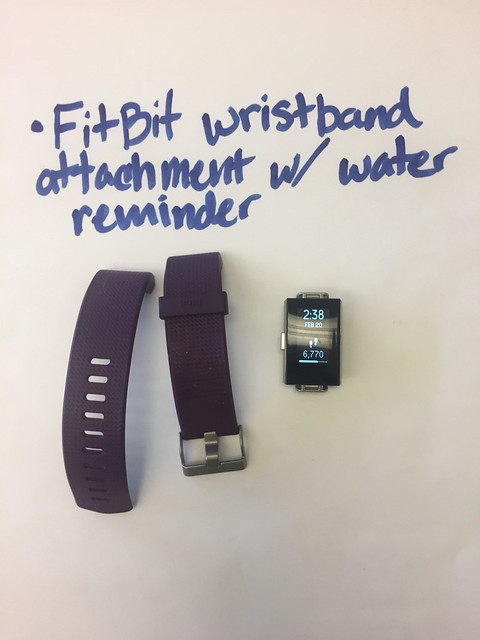
Universal laptop case – solves the issue of lack of non-Apple laptop cases
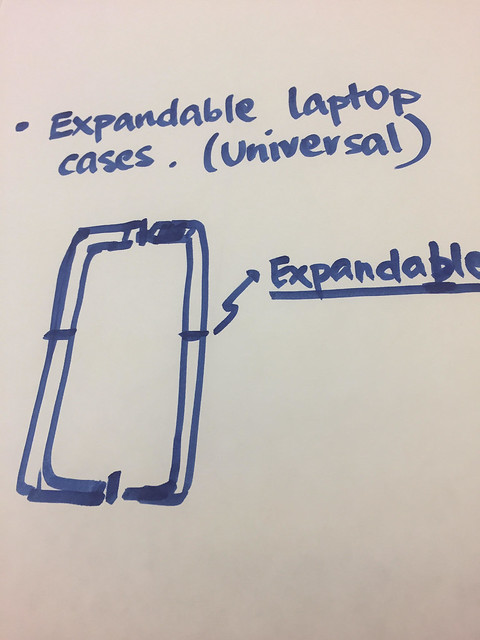
Ecosmart lamp – solves the issue of wasted energy while using lamps
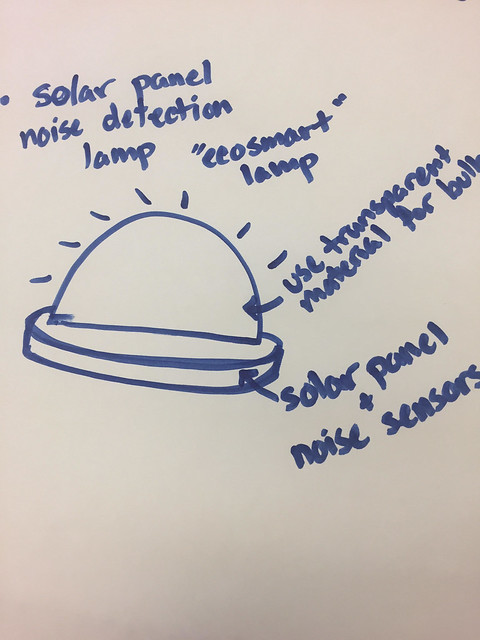
Expandable helmet – solves the issue of bulky helmets and bikes being stolen.
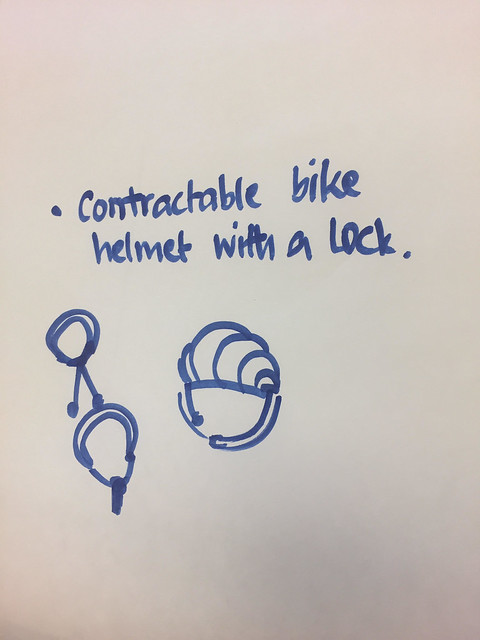
Bioeraser – solves the issue of dirty whiteboards and makes erasers more eco friendly
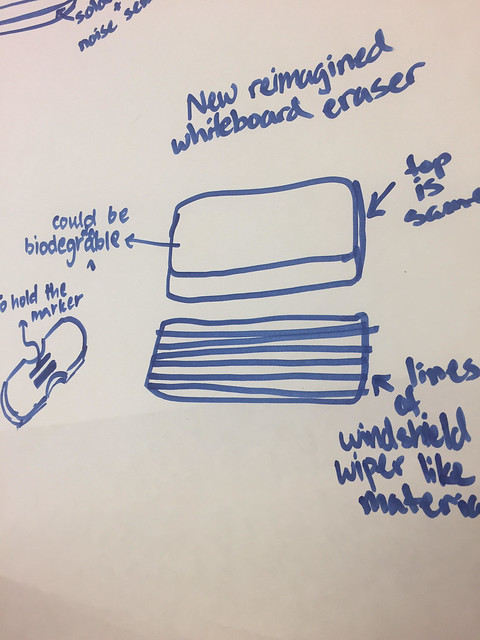
After presenting these ideas, we had a guest speaker who was a maker himself. His name is Mike Bohlmann and he is the assistant dean of technology for the college of media by day and by night a maker. He spoke about his journey into making and the ideas that have come to fruition for him. He also spoke about the resources he used to help create his projects. I later spoke to him about our ideas and asked about what resources we can utilize and what parts we can use. This conversation made me so excited about what our team can learn, utilize and make!
Here are some other sources which helps the creative juices flow:
Design Thinking and Innovation at Apple:
http://www.hbs.edu/faculty/Pages/item.aspx?num=36789
6 Ways To Brainstorm Ideas:
Where Good Ideas Come From by Steven Johnson


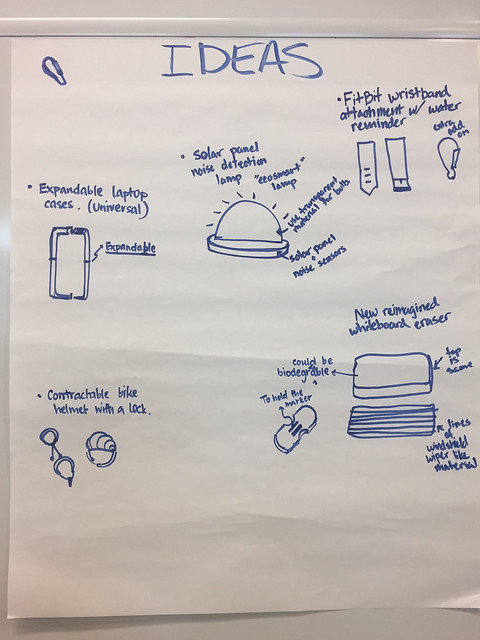
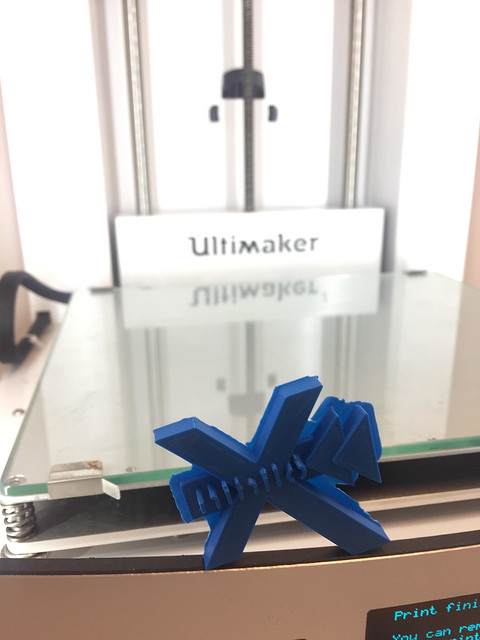
Hey Ana!
I just wanted to give you some feedback on one of the problems you guys have identified: how can we get college students to drink more water? I’m not sure if you are aware but there are multiple apps that already do this for you. They even have apple watch apps and send notifications to your Fitbit if that’s the case. Maybe there’s a way you guys can improve on this? Overall, I really enjoyed watching the brainstorming ideas. This is a video I will definitely watch later.
Hi Ana,
In my blog post I had similar thoughts, I didn’t truly realize how much design thinking was related to empathy. We really are just trying to reach out to the consumers who will purchase our designs, we just need to make it useful for them. I could see that your group was being empathetic when thinking about hydration issues that most individuals have and by adding it onto the Fitbit. Keep up the good work, I can’t wait to see what your group ends up building!
I like how you started with questions and came up with issues to solve from there, the Design Workshop really did have some excellent tips for getting started. I also find it great that you didn’t restrict your solution ideas to 3D printing, but came up with some designs that incorporated other aspects of creating things. Those videos are a nice touch, too.